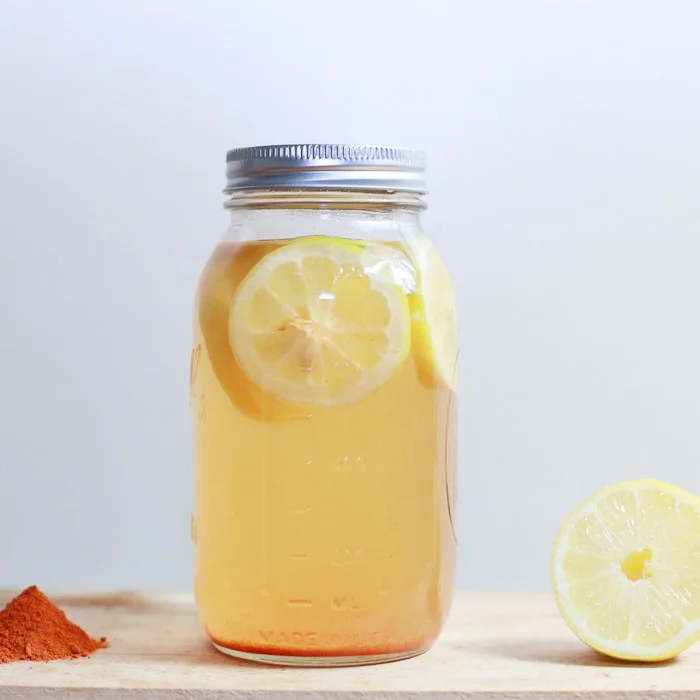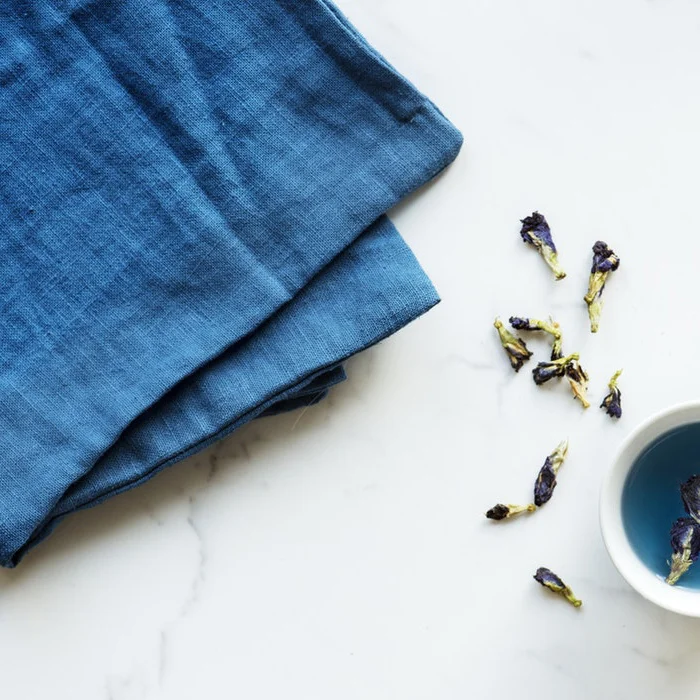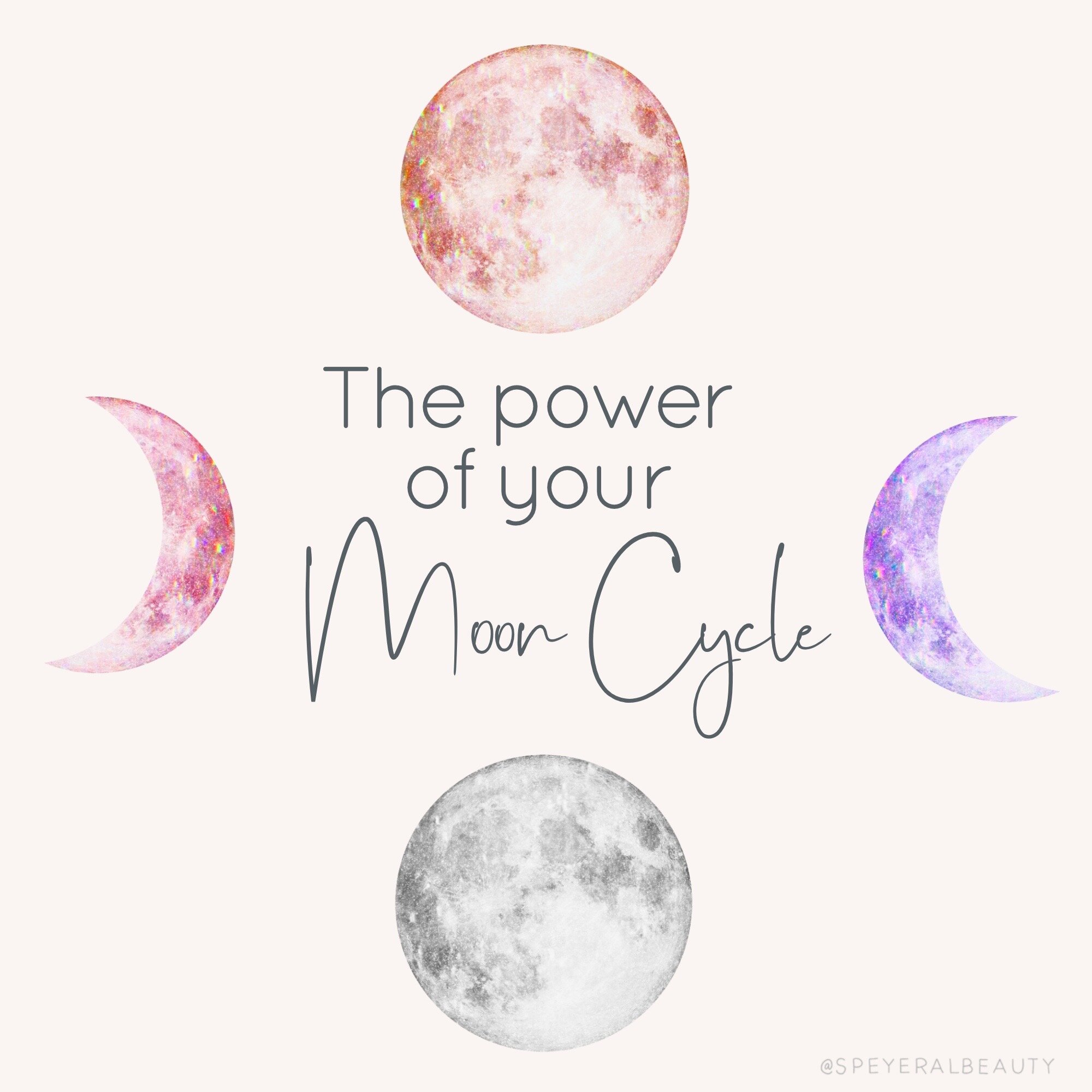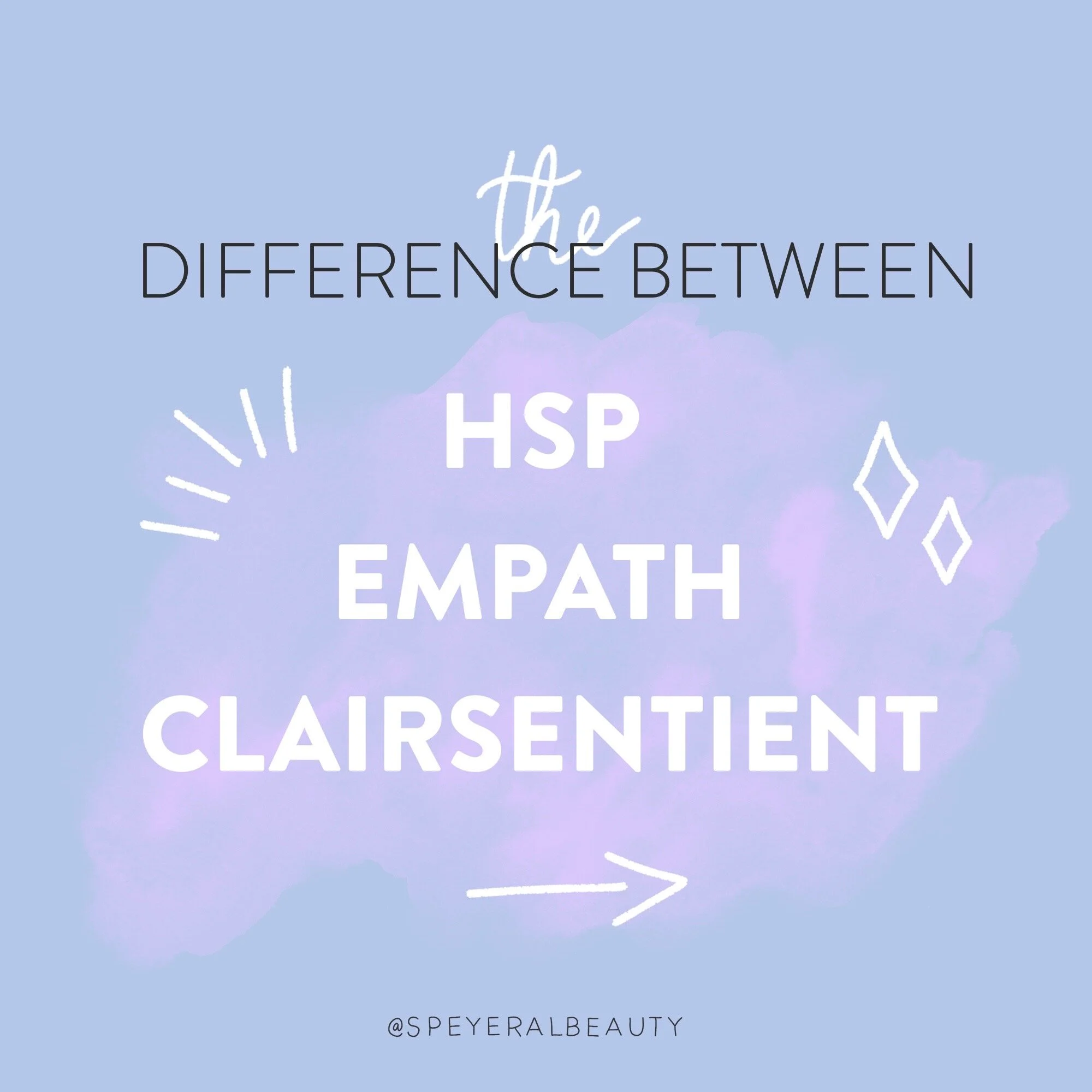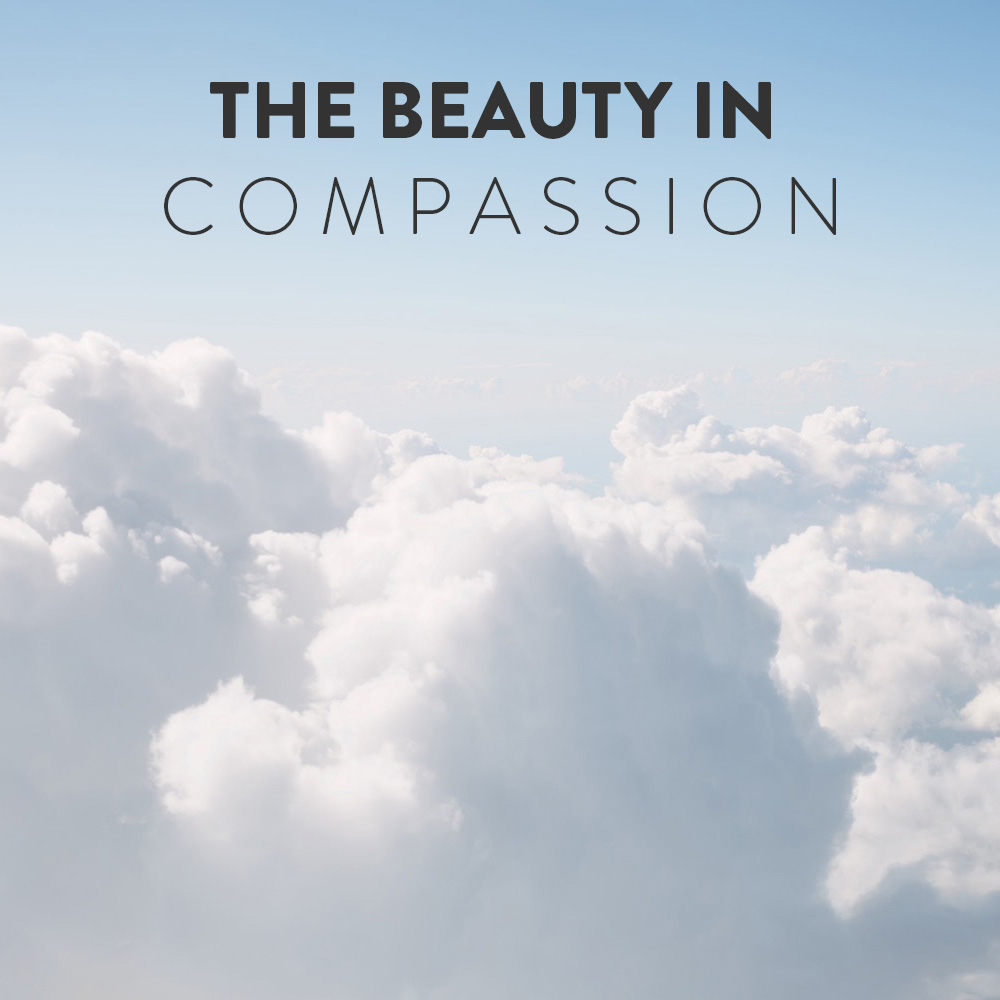20 Ways to Reduce Waste (and Save Money!)
Sustainable Swaps
Below are some sustainable swaps you can make to become more eco-friendly, reduce strain on your budget and the reasons why you should do it!
SWITCH TO:
1. Reusable straws
(instead of disposable plastic straws)
Why? Plastic straws take hundreds of years to break down and they completely never biodegrade. They are a one-time use product that ends up in landfills and oceans, harming nature and animals. If you need any further convincing, watch this graphic video of a sea turtle with a straw stuck in its nose.
What to do:
Use stainless steel, glass or biodegradable paper straws. You can purchase stainless steel straws from Bed Bath and Beyond.
2. Glass containers/reusable beeswax cloths
(instead of plastic containers and plastic cling wrap)
Why? Plastic wrap is full of BPA, toxins and endocrine disruptors that can leach into the food it is near and can cause illness. Plastic wrap is not biodegradable and ends up in landfills and the ocean, leaching out chemicals and harming wildlife.
What to do:
Use glass containers such as Pyrex or mason jars and cover your dishes with beeswax cloths or a use a bowl and cover with a plate or cloth. You can purchase glass pyrex containers from Bed Bath and Beyond and beeswax cloths from Wrappa.
3. Reusable, plastic-Free water bottles
(instead of plastic disposable bottles)
Why? Plastic water bottles can contain harmful BPA. If they don't, they may still contain other chemicals and endocrine disruptors that can seep out. Plastic water bottles don't biodegrade, they photodegrade, meaning they break down into smaller pieces over time polluting waterways, contaminating soil, and harming animals.
What to Do:
4. Reusable grocery bags
(instead of plastic bags)
Why? Plastic bags harm wildlife, take years to decompose, are costly to manufacture and clear up, and are extremely wasteful. Many grocery stores are enforcing the use of reusable bags by charging a small fee for their plastic ones.
What to do:
Always pack a reusable grocery bag with you whenever you are leaving the house. Whether you are shopping, buying groceries or picking up take out, you never know when you will need one.
5. Separating Waste properly!
Why? For the protection of the environment and the health of the population.
What to do:
Sort waste. If you already do, be sure you are doing it correctly! A lot of recycling still ends up being garbage because people either aren't sorting it properly or aren't cleaning the containers thoroughly. If recyclable containers are not rinsed properly it will contaminate the rest. Paper coffee cups are another major culprit. They are garbage due to their wax coating on the inside, yet many people throw them into recycling bins. Of course, the best option for coffee and tea drinkers is purchasing a reusable mug! Research how to correctly dispose of your waste in the area you live in.
6. Bar soaps/refillable soap dispensers
Why? Conventional liquid soaps are harming the environment by being packaged in plastic bottles and their ingredients usually containing petroleum and other harmful ingredients. Even if these bottles are recycled, this practice is putting more plastic into our waste system. Bar soaps are the most sustainable option as they usually come in cardboard boxes which are biodegradable.
What to do:
Use refillable soap dispensers or bars of soap to wash your hands and body. You can buy bar soap at most local farmers markets or use a foam soap dispenser and fill it with water and Dr. Bronner castle soap.
7. Using loose leaf tea
(not tea bags)
Why? Teabags can come individually wrapped, usually in plastic with a tag attached. This requires more processing and energy to prepare the teabags.
What to do:
Make a tea by using the loose leaf in a tea strainer.
8. Hand towels
(instead of paper towel)
Why? Producing paper towel uses a lot of resources including trees, water and huge amounts of energy to manufacture and deliver. After one use it goes to a landfill and generates greenhouse gases which contribute to climate change.
What to do:
Use towels to soak up any spills or to clean dirty hands.
9. Silicone baking mats
(instead of parchment paper)
Why? Using parchment paper is more wasteful as it is a one-time use product.
What to do:
Use a silicone baking mat to bake your cookies and roast veggies on.
10. Cut up old cotton fabrics to clean with
Why? Don't throw away old clothes. If you're not donating them then find a way to repurpose! By repurposing old clothes you are bringing a new life to something and not contributing to the huge amount of textile waste.
What to do:
An old trick of my grandmothers (and probably yours too) is to repurpose your old cotton clothes by cutting them into squares and turning them into fabric scraps to clean with.
11. DIY cleaning products
(not conventional cleaning products)
Why? Conventional cleaning products have many toxic chemicals which can end up down the drain and into the waterways harming our health, planet, and wildlife.
What to do:
Use green or DIY cleaning products.
12. Hang clothes to dry or use dryer balls
(not dryer sheets)
Why? Hanging your clothes is the best option as it requires no power, but on days you use the dryer, opt for using dryer balls because conventional dryer sheets are super toxic!
What to do:
Hanging your clothes to dry or use dryer balls in the dryer. These will soften fabrics by bouncing around and fluffing them up and will make your dryer not have to work as hard.
13. Menstrual Cup or period underwear
(not tampons or pads)
Why? Conventional tampons and pads have many harmful chemicals, carcinogens and are also very wasteful.
What to do:
Products like the Diva Cup and/or Thinx underwear not only make your life a lot easier during that time of the month but they also save you money, are much more sustainable, and are better for your health.
14. Cloth napkins
(not paper napkins)
Why? Just like paper towel, napkins use huge amounts of energy to manufacture and deliver. After one use they go to a landfill where they are generating greenhouse gases and contributing to climate change.
What to do:
Using cloth napkins is very elegant and much more sustainable!
15. Shopping second hand/trading
(not fast fashion)
Why? Fast fashion exploits the workers who are making the clothes and it is environmentally disastrous.
What to do:
Shopping for second-hand clothing or trading with friends is a great way to spruce up your wardrobe. You can also trade on social media or Bunz.
16. Save and repurpose when you can
Why? Less waste & more money!
What to do:
Many items have multiple uses. When you are ready to throw something away, instead try to think of something it could be useful for! Old dry cleaning bags? Store suits and gowns. Empty egg carton? Great fire starters. Empty pasta sauce jar? The perfect paint brush holder. Get creative!
17. Buying only what you need
Why? Shopping can be distracting, so not only does a list keep you on track but it will you save money and cut down on waste.
What to do:
It is okay to go shopping and not buy everything you want! Try writing a list of what you need before leaving the house.
18. Repairing clothes
Why? Because it will save you money, be less wasteful and you may learn a new skill!
What to do:
Have a hole in your jeans? Put a cute patch on it. Don't know how to sew? There are many helpful videos on Youtube!
19. safety razors + waxing cloths
( not plastic razors )
Why? Billions of plastic razors are thrown away each year... trés wasteful!
What to do:
For unwanted hair, use electric razors, safety razors, or waxing cloths.
20. Face clothes/re-useable cotton pads
(not disposable facial wipes or cotton pads to remove makeup)
Why? The majority of conventional facial wipes are full of harmful toxins and are not biodegradable. Even worse, people flush them down the toilet, blocking sewers and contributing to marine litter. Conventional cotton rounds (and cotton ear swabs for the matter) are also very wasteful.
What to do:
When washing your face, use a facial cloth or reusable cotton pad to cleanse and remove makeup.
How do you reduce waste? Leave your comment below!


